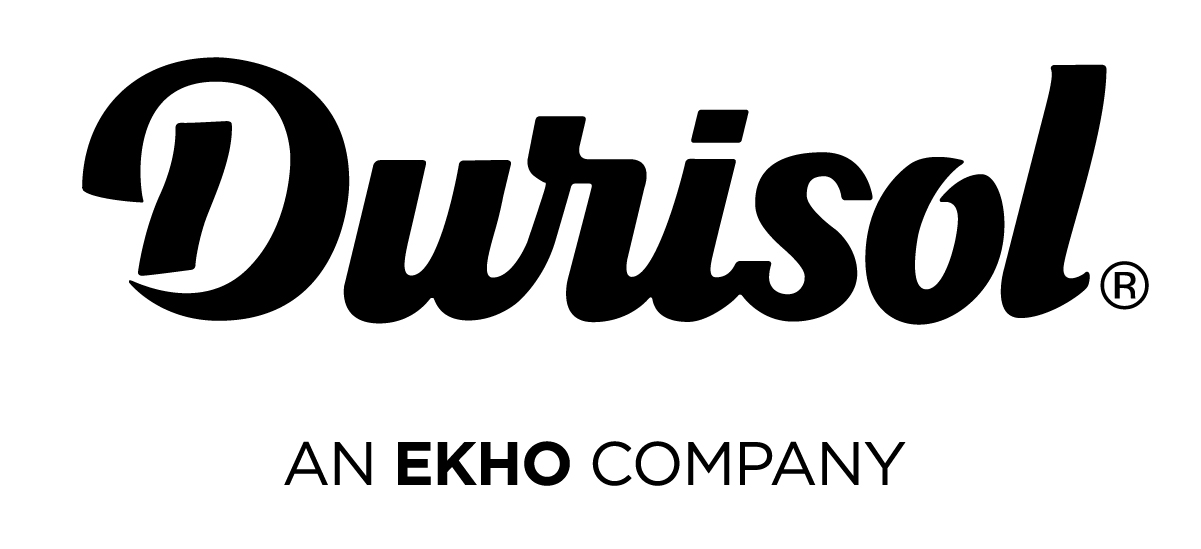Implementing effective data-driven A/B testing requires meticulous planning, granular segmentation, and sophisticated tracking techniques. This deep-dive explores actionable, step-by-step methods to enhance your testing framework, ensuring you derive meaningful insights that translate into tangible conversion improvements. We will focus on the nuanced aspects of variant setup, advanced data collection, hypothesis formulation, multivariate strategies, automation, troubleshooting, and a real-world case study. All techniques are rooted in expert knowledge and designed for immediate application.
1. Selecting and Setting Up Precise A/B Test Variants for Conversion Optimization
The cornerstone of successful A/B testing lies in defining well-targeted variants that reflect distinct user segments and behaviors. Generic tests often yield inconclusive results because they fail to account for contextual differences. Here’s how to refine your variant setup:
a) Defining Specific Test Variants Based on User Segments and Behaviors
- Segment your audience precisely: Use behavioral data (e.g., new vs. returning users, high vs. low engagement), device type, traffic source, or geographic location to create homogeneous groups.
- Identify micro-momentum points: Leverage session recordings and heatmaps to discover interaction patterns unique to each segment, informing your variant themes.
- Construct hypotheses for each segment: For example, high-intent visitors from paid channels might respond better to a simplified CTA, whereas organic visitors prefer detailed copy.
b) Step-by-Step Process for Creating Control and Variation Pages with Granular Modifications
- Identify core elements: Focus on high-impact areas such as headlines, CTAs, imagery, layout, and form fields.
- Develop a baseline control: The existing page serving as a benchmark.
- Create variations with granular changes: For example, change only the CTA button color or move a headline slightly, ensuring each variation isolates a single change for clarity.
- Use version control tools: Maintain a repository of page versions with descriptive labels to track modifications.
- Implement dynamic URL parameters: Use URL query strings to serve different variants seamlessly, especially if your CMS or testing tool supports it.
c) Tools and Platforms Recommended for Variant Setup
| Tool/Platform | Strengths | Best Use Case |
|---|---|---|
| Optimizely | Robust targeting, multi-page testing, personalization | Complex multi-variant experiments with detailed segmentation |
| VWO | User-friendly interface, heatmaps, session recordings | Rapid deployment of granular variations with visual editing |
| Google Optimize | Free tier, easy integration with Google Analytics | Small to medium experiments on well-tracked pages |
2. Implementing Advanced Tracking and Data Collection Techniques
Accurate data collection forms the backbone of meaningful A/B testing. Beyond basic click and pageview tracking, deploying advanced techniques can uncover micro-conversions and subtle user interactions that influence overall performance. Here’s how to implement and optimize these methods:
a) Setting Up Event Tracking for Micro-Conversions and User Interactions
- Define micro-conversions: Identify small but meaningful actions such as button clicks, form field focus, video plays, or scroll depth milestones.
- Implement custom event tracking: Use Google Tag Manager (GTM) to deploy custom tags for specific interactions. For example, create a tag that fires when a user scrolls beyond 50% of the page:
gtag('event', 'scroll_depth', {
'event_category': 'Engagement',
'event_label': '50% scroll',
'value': 50
});
Expert Tip: Use GTM’s built-in scroll depth trigger combined with custom event tags to granularly track engagement micro-moments without excessive code.
b) Integrating Heatmaps, Click Tracking, and Session Recordings
- Select tools: Use Hotjar, Crazy Egg, or FullStory to gather visual behavioral data.
- Implement tracking snippets: Embed the provided code snippets on key pages. For instance, install Hotjar’s script across your top landing pages.
- Analyze visual data: Identify areas with low engagement or unexpected user hesitation, informing your variation hypotheses.
c) Ensuring Data Accuracy: Avoiding Tracking Pitfalls
- Prevent duplicate data: Use unique event IDs or disable multiple firing of the same event within a session.
- Test implementation thoroughly: Use browser developer tools and preview modes in GTM to verify event firing.
- Account for external factors: Schedule audits for traffic anomalies, bot traffic, or seasonal effects that can skew data.
Pro Tip: Regularly audit your tracking setup with tools like Tag Assistant or DataLayer Inspector to ensure ongoing accuracy and consistency.
3. Designing Hypotheses and Variants Based on Data Insights
Data insights reveal micro-momentum points—subtle cues that, when optimized, can significantly enhance user engagement and conversions. Crafting hypotheses rooted in these insights ensures your tests are targeted and meaningful. Here’s how to proceed:
a) Analyzing Existing Data to Identify Micro-Momentum Points
- Segmented analysis: Break down data by user segments to discover differences in interaction patterns.
- Identify bottlenecks: Use funnel analysis to find drop-off points at micro-moments (e.g., cart button hover but no click).
- Leverage session recordings: Observe real user behaviors to confirm statistical findings and uncover hidden issues.
b) Creating Hypotheses for Specific Element Changes
- Use data to inform changes: For example, if heatmaps show low engagement on a call-to-action, hypothesize that repositioning or redesigning it could increase clicks.
- Define clear, testable hypotheses: e.g., “Moving the CTA button above the fold will increase click-through rate by 10%.”
- Prioritize hypotheses: Focus on changes with the highest potential impact based on data significance and confidence levels.
c) Using Statistical Significance Calculators to Prioritize Variants
| Criteria | Application |
|---|---|
| P-value | Determine statistical significance (e.g., p < 0.05) |
| Confidence Interval | Assess the reliability of observed differences |
Expert Insight: Use tools like Optimizely’s Stat Significance Calculator or VWO’s Prioritization Matrix to objectively compare variants and decide which to advance.
4. Executing Multivariate and Sequential Testing Strategies
Complex conversion pages often benefit from testing multiple elements simultaneously or in sequence. Proper setup and management of these strategies prevent data contamination and false positives, ensuring your insights are valid and actionable.
a) Setting Up Multivariate Tests for Multiple Elements
- Identify combinations: Use factorial design to select key elements (e.g., headline, CTA, image) and their variations.
- Create a matrix: For example, test 2 headlines x 2 CTA styles x 2 images, resulting in 8 variants.
- Configure in your testing platform: Use tools like VWO or Optimizely that support multivariate experiments, ensuring proper traffic allocation and statistical power.
- Monitor interactions: Use interaction effects analysis to identify which element combinations perform best.
b) Managing Sequential Testing to Avoid Data Contamination
- Implement test blocking: Schedule tests sequentially, not overlapping, to prevent traffic bleed.
- Use statistical correction methods: Apply Bonferroni or Holm adjustments when running multiple sequential tests.
- Set clear hypotheses and stop points: Define success criteria before starting each test to avoid prolonged testing that may be affected by external variables.
c) Practical Example: Testing Headline, Call-to-Action, and Image Combinations
Scenario: You want to optimize a landing page by testing 3 headlines, 2 CTA styles, and 2 images. Using a factorial design, you generate 12 variations. Allocate traffic evenly, monitor performance, and analyze interaction effects to identify the best combination.
5. Automating Data Analysis and Decision-Making Processes
Manual analysis of test results can be time-consuming and prone to error. Leveraging automation, AI, and machine learning accelerates decision-making, allowing for faster iteration cycles and more robust insights.
a) Using Machine Learning or AI Tools for Test Result Interpretation
- Deploy predictive analytics platforms: Tools like Google Cloud AutoML or DataRobot can analyze large datasets to predict winning variants.
- Implement Bayesian models: Use Bayesian A/B testing frameworks (e.g., BayesAB) for continuous monitoring and probability-based decisions

